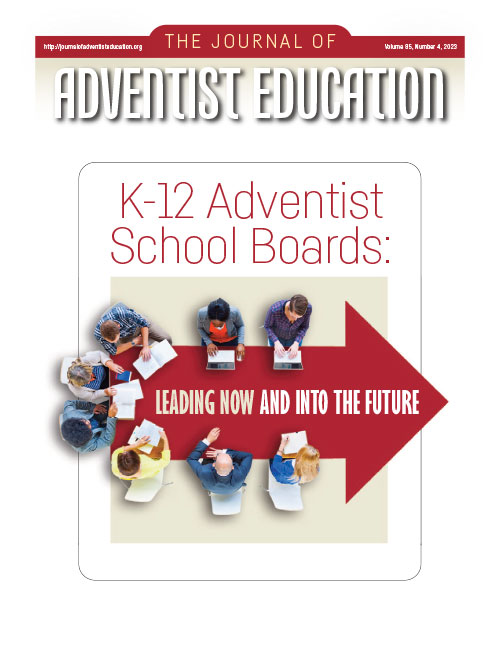In the spring of 2023, I taught a Life Writing course for the first time at Southwestern Adventist University in Keene, Texas, U.S.A. This course doubled as both a general-education literature course and a writing course for our Writing Emphasis English majors. Below are portions of the syllabus, including my reading selections (they were hard to choose).
Notice that all selections deal with coming of age and finding one’s place and/or voice (highly relevant topics for college students). Also, notice a mixture of Christian and non-Christian writers. I felt it was important for students to vicariously experience life from a Christian worldview (William Apess, Roger Morneau [an Adventist], the apostle Paul) and life from alternative worldviews (Maxine Hong Kingston, Richard Wright [an ex-Adventist], also some of Benjamin Franklin, a deist).
For educators interested in experimenting with Life Writing in their courses, I recommend searching out your own favorite memoirs and autobiographies. For Adventist educators, especially high school teachers, I recommend starting with true-life stories by our writers. Ben Carson’s Gifted Hands: The Ben Carson Story, Marilyn Tooker and Doug Batchelor’s The Richest Caveman: The Doug Batchelor Story, Brenda Walsh’s Battered to Blessed: My Personal Story, Jose Vincente Rojas’s Jose: God Found Me in Los Angeles, and Roger J. Morneau’s A Trip Into the Supernatural are good bets for gaining high interest. In my Life Writing class, Morneau’s memoir was the favorite, and when I taught at a public high school years ago, Gifted Hands was the favorite long text my class read, topping even The Scarlet Letter and Adventures of Huckleberry Finn.
Course Description & Information
Student Learning Outcomes
Grading Scale Course Breakdown
Life Writing Fragments (25%)
We will write five “fragments” of our life story, which will correspond with our readings (at least 5 pages minimum each—but no max limit if you want to write more) throughout the semester, for a total of at least 25 pages of life writing.
- Fragment 1: Write about your early life: parents, place of birth, growing up years, hobbies as a child, temperament, routines and habits in your home, what you wanted to be when you grew up, etc. (Benjamin Franklin’s The Autobiography of Benjamin Franklin)
- Fragment 2: Write about a family secret or a family story that has been passed down. Include dialogue. See how Maxine Hong Kingston does this in Chapter 1 of her memoir: “No-Name Woman.” Consider doing something similar. Or totally different. This is your story. (Maxine Hong Kingston, The Woman Warrior: Memoirs of a Girlhood Among Ghosts)
- Fragment 3: Write about one or more encounters with new races, religions, worldviews, or other significant encounters with people, things, or ideas “new” to you. At what point did you notice you were different from others? What did these differences look like for you? (William Apess, A Son of the Forest and Other Writings, his spiritual autobiography)
- Fragment 4: Write about something you hungered for in your life. On this fragment, like Richard Wright, work to include lots of description, both external and internal description. Describe how the hunger felt, and what you did to try to fill it. (Richard Wright, American Hunger)
- Fragment 5: Write about your encounters with religion/God/faith or non-religion/the enemy/the spirit world (this might be a continuation of the “hunger” fragment, if you sought religion to fill your hunger). Also, write about encounters you’ve had that have prepared you to speak to, influence, or witness to certain groups. Who is your audience for your life story? Put another way, based on the life story you’ve had, what do you think is your unique mission and/or message to the world? (Roger J. Morneau, A Trip Into the Supernatural)



